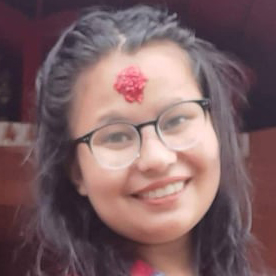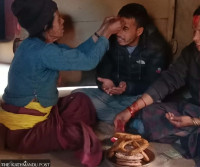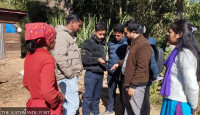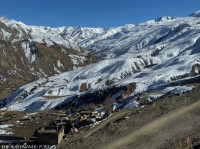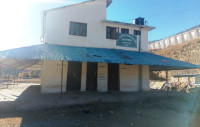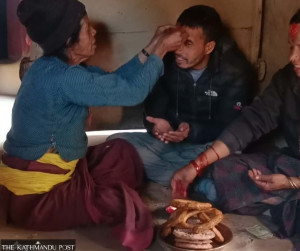Karnali Province
Raute population continues to decline
Poor nutrition, lack of medical attention and alcoholism are the main reasons, officials say.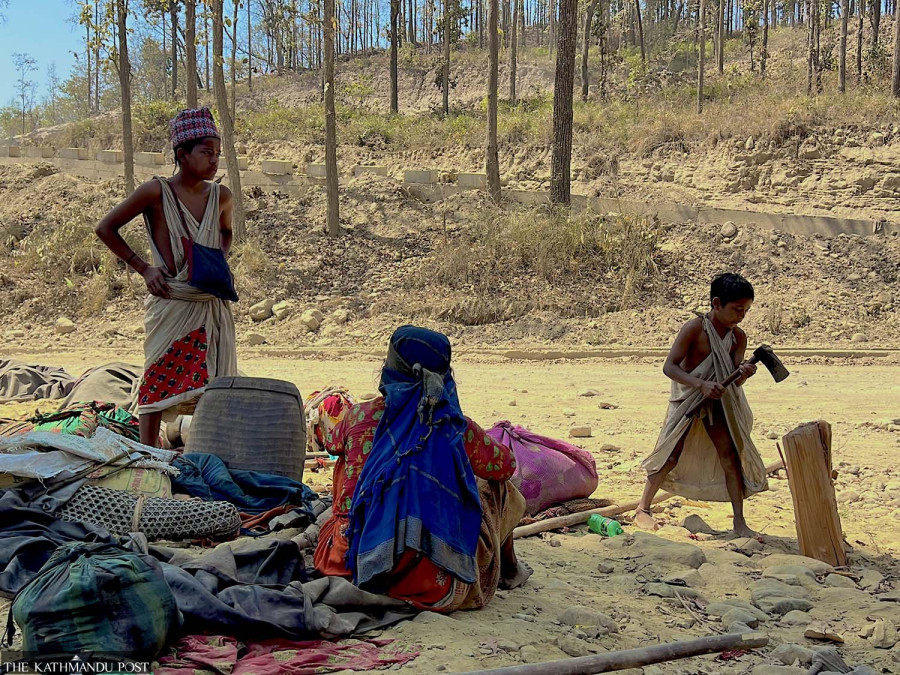
Tripti Shahi
On the night of April 27, Raute Mukhiya (chieftain) Surya Narayan Shahi died in his settlement in the Sotkhola area of Barahatal Rural Municipality-8 of Surkhet district. He was 49.
Surya’s death was the result of excessive alcohol consumption, according to Lal Bahadur Khatri, a teacher appointed by the Social Service Centre (SOSEC) Nepal, an NGO that conducts awareness programmes on the importance of education and sanitation among Raute people.
“He had been drinking heavily for two days straight and refused to eat,” Khatri said. “We were treating him in the community, and although he agreed to go to the hospital the next day, he passed away that night.”
Prior to this incident, Shahi reportedly had no serious health issues.
The Raute community is a nomadic tribe that mostly lives in the forests and bushes of Karnali Province. The community has seen a steady population decline due to its high mortality rate: as many as seven have died between mid-May in 2024 to April-end this year. Among them were two infants; Ranighat Shahi died in March and Milan Shahi in November last year. Each was just a month old. Their deaths were attributed to a lack of medical care and proper nurturing.
Khatri explains that the community does not permit the use of medicine or allow children under five to be treated, even in cases of severe illnesses like pneumonia.
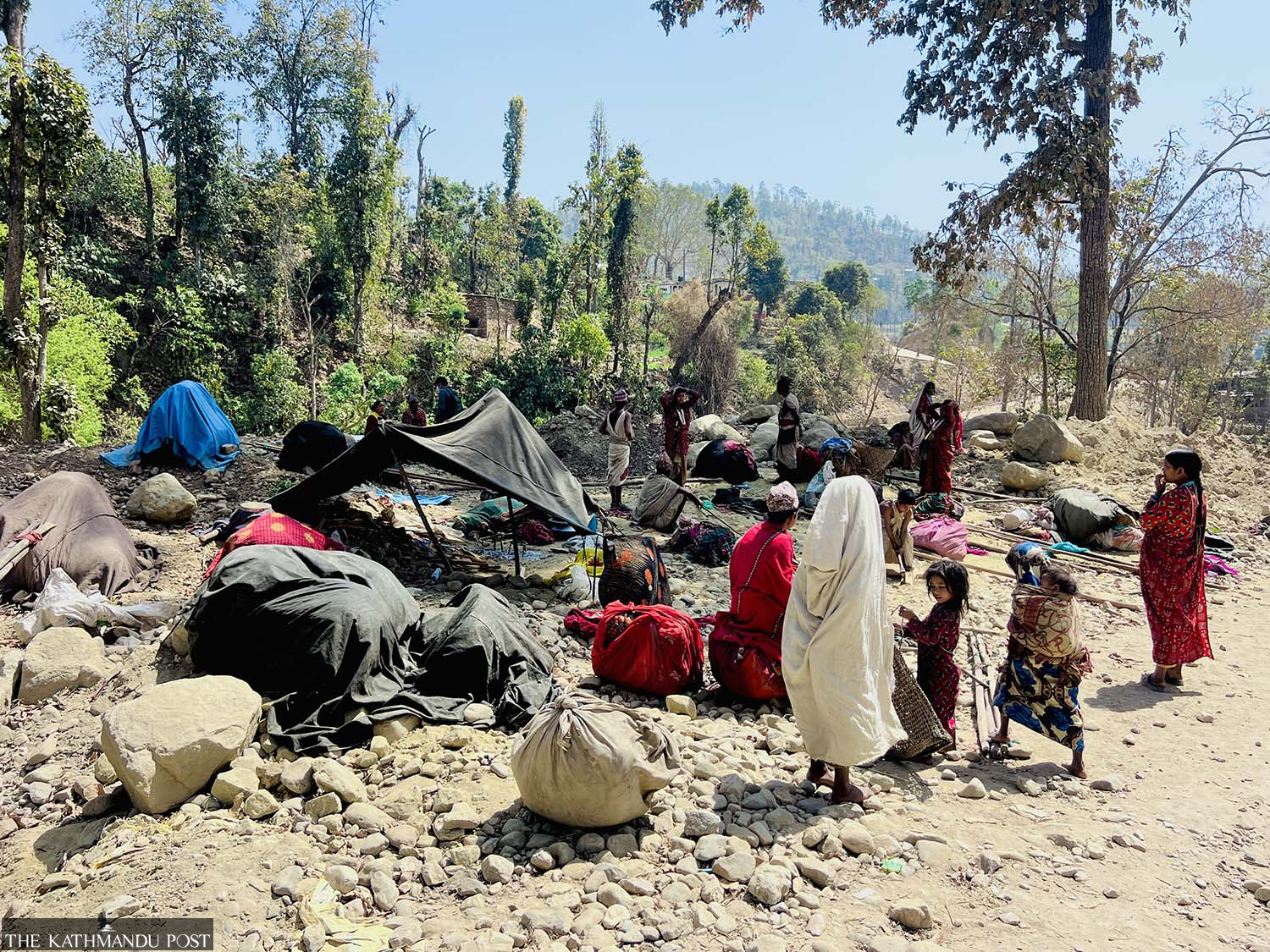
In another case, 22-year-old Brish Bahadur Shahi, who suffered from tuberculosis for six months, died in October last year. Although the SOSEC Nepal tried to bring him to hospital, the community initially resisted. Eventually, Brish Bahadur himself requested medical help and was taken to the Karnali Provincial Hospital in August. However, the hospital declared his condition beyond recovery and he died on the way back to shelter.
Since 2018, as many as 46 members of the Raute community have died. The population has now dropped to just 135 in the settlement, despite the birth of 37 children in the same period. According to the SOSEC Nepal, 28 men and 18 women have died in the past seven years. Disturbingly, 22 of those were children under the age of five. The deaths of four individuals aged 5-15, three aged 16-25, seven aged 26-40 and ten above 41 have also been recorded.
Binod BC, a government healthcare worker stationed in the area, attributes the rise in unnatural deaths to poor nutrition and lack of medical attention. “The leading cause of death is alcoholism,” BC said. “The Rautes do not trust hospitals or modern medicine. They neglect proper food, child care and rely instead on fate or spiritual beliefs.”
According to him, adults often drink alcohol excessively, eat an imbalanced diet and fail to care for their children. “Mothers start drinking just days after childbirth and often leave infants behind to roam around,” he added.
Children under five are not given any medication due to cultural beliefs, leading to unnecessary deaths. By the time the community agrees to seek treatment, the illness is often already fatal.
“They believe people who go to hospital end up dying, reinforcing their reluctance toward modern healthcare,” BC said. However, there has been a recent shift: more members now accept medicine from health workers within the settlement and even request it themselves during illness.
Despite various efforts, alcohol consumption among the Rautes remains unchecked. Khatri mentioned that local liquor traders, when approached, defend their right to conduct business. “If the government had provided food and essentials instead of cash and deployed security personnel to regulate trade and raise awareness, the situation might have been better,” Khatri said.
The Rautes frequently relocate, driven by the scarcity of wood and wild animals for hunting. They also move if someone dies or if the settlement becomes unsanitary. They sustain themselves by crafting wooden utensils and bartering them for food in nearby villages. In recent years, many have taken to begging in towns and even visiting government and NGO offices to ask for donations.
Primarily residing in Dailekh and Surkhet in recent years, the Rautes follow a daily routine of crafting wooden utensils, hunting monkeys and visiting nearby villages to beg or trade. Women build circular or oval huts made from green foliage and thorns, with central areas used for activities like rice pounding and children’s play.
If the living conditions become inconvenient, or in the event of a disaster or death, they move immediately. Following the death of Surya Narayan Shahi, the community is again preparing to relocate.
The Guras Rural Municipality of Dailekh issued identity cards for the Rautes in 2018, and is distributing a monthly social security allowance of Rs4,000 per person. This is delivered every three months directly to wherever the community is living. According to Dipendra Oli, ward chair of Guras-8, the Rautes are officially registered as residents of his ward.
A joint study conducted two years ago by the National Human Rights Commission and SOSEC Nepal highlighted the long gap between births in the Raute community.
The report blamed weak public health, malnutrition, limited access to healthcare, lack of reproductive health services, substandard housing, poor clothing for harsh weather and the absence of clean water and sanitation as major contributors to premature deaths.
As per the national census carried out by the Central Bureau of Statistics in 2011, there were approximately 618 Raute people across the country. The population dwindled to 566 in 2021.




 20.12°C Kathmandu
20.12°C Kathmandu